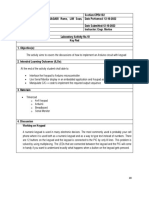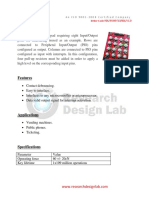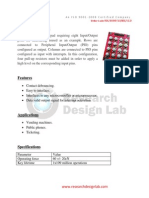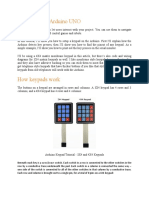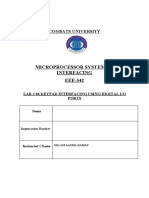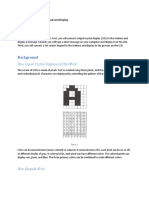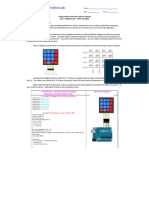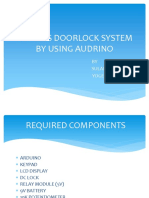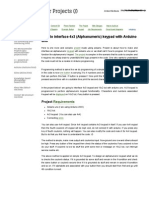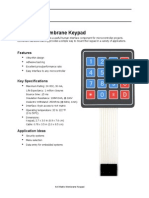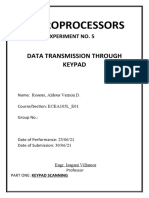Activity 5
4x4 Keypad Interfacing with Arduino UNO
INTRODUCTION
Keypads are essential input devices commonly used in electronic projects to enable users to enter
numerical or alphabetical data. A 4x4 keypad consists of 16 buttons arranged in a matrix format,
comprising 4 rows and 4 columns. This design allows for efficient use of input pins through matrix
scanning. In this project, we will interface a 4x4 keypad with an Arduino UNO to detect and respond to
button presses.
Understanding how to interface with keypads is crucial for developing systems such as security
locks, calculators, menu navigation interfaces, and various embedded control systems. This project
provides practical experience in scanning matrix keypads, handling debouncing, and interpreting user
input in real time.
MATERIALS
Arduino UNO: The microcontroller board acts as the brain of your project. It contains a processor,
memory, and input/output pins that you can program to control other devices.
Jumper Wires: These flexible wires with connectors on each end allow you to connect the Arduino to the
keypad and other components on a breadboard without soldering.
4x4 Keypad: This is the user input device. It consists of 16 buttons arranged in a 4x4 grid. Each button
corresponds to a unique combination of rows and columns.
CONCLUSION
In this project, we successfully interfaced a 4x4 keypad with the Arduino UNO and programmed
it to detect individual key presses. We learned that a matrix keypad minimizes the number of required
input pins by arranging buttons in a grid of rows and columns. By continuously scanning these rows and
columns, we accurately determined which key was pressed. This project enhanced our understanding of
digital input reading, matrix scanning logic, and real-time user interaction. These skills serve as a solid
foundation for developing more complex embedded systems, such as digital locks, access panels, and
simple calculators
�RECOMMENDATIONS
Test the keypad before integration: Check each key individually to ensure proper functionality and
avoid debugging issues later.
Label the keys clearly: Mark each button on the keypad for easier identification during testing and
usage.
Expand functionality: Combine the keypad with an LCD display or an OLED screen to show the
pressed keys or entered data, enhancing user interaction.



